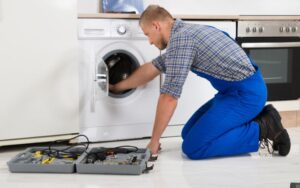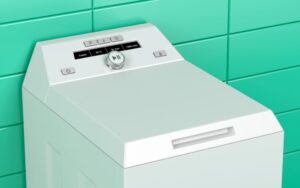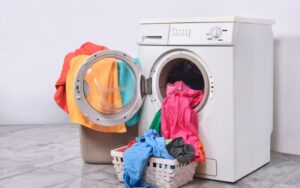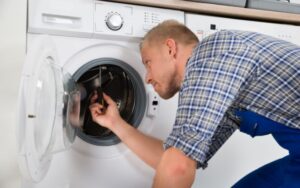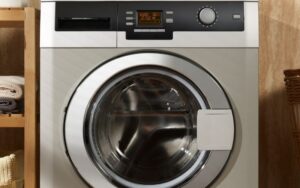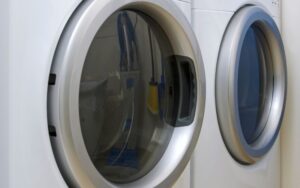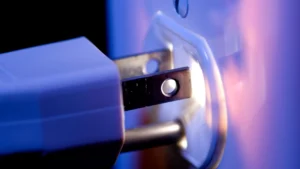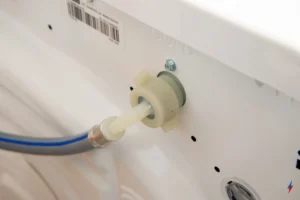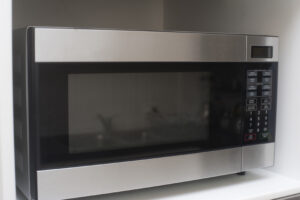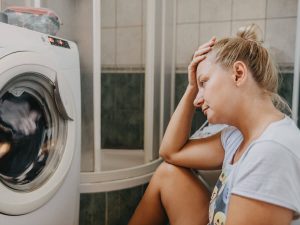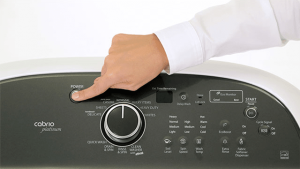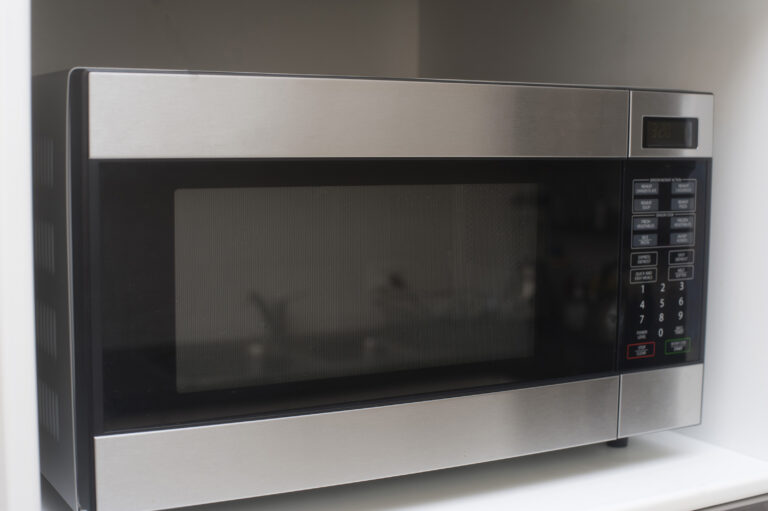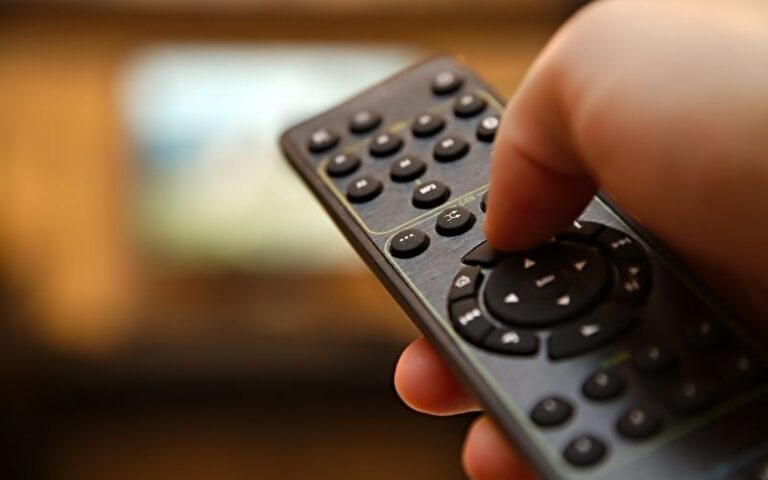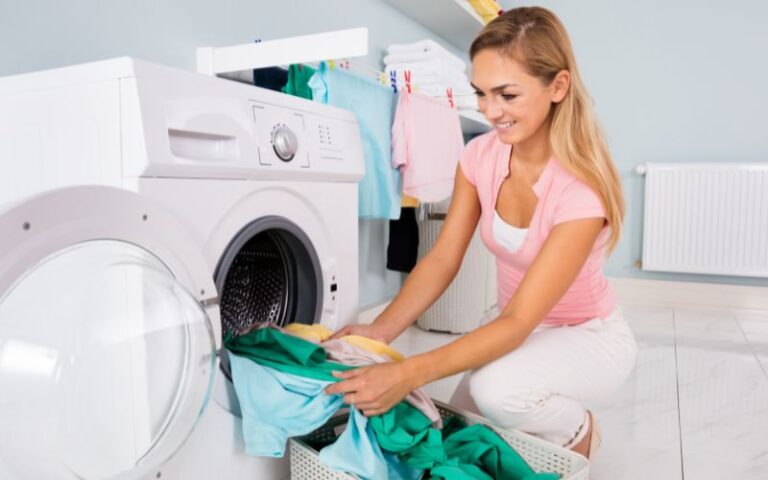Are Washing Machines Always Electric? (Read This First)
Do you ever wonder if all washers are electric? You’re probably used to traditional washers where you always have to worry about electricity usage.
You might think a washer has to operate with electricity because it influences its efficiency, but that’s not true.
Washing machines are only sometimes electric; not all washers are electric. Washers that do not require electricity to run are called manual washing machines. Manual washing machines are time-saving and energy-efficient, eliminating electricity costs.
In this article, I’ll tell you more about non-electric washing machines, their benefits, and the features of a few of these washers.
If you want to know non-electric machines and how they operate, you’ve come to the right place.
Are There Non-Electric Washing Machines?
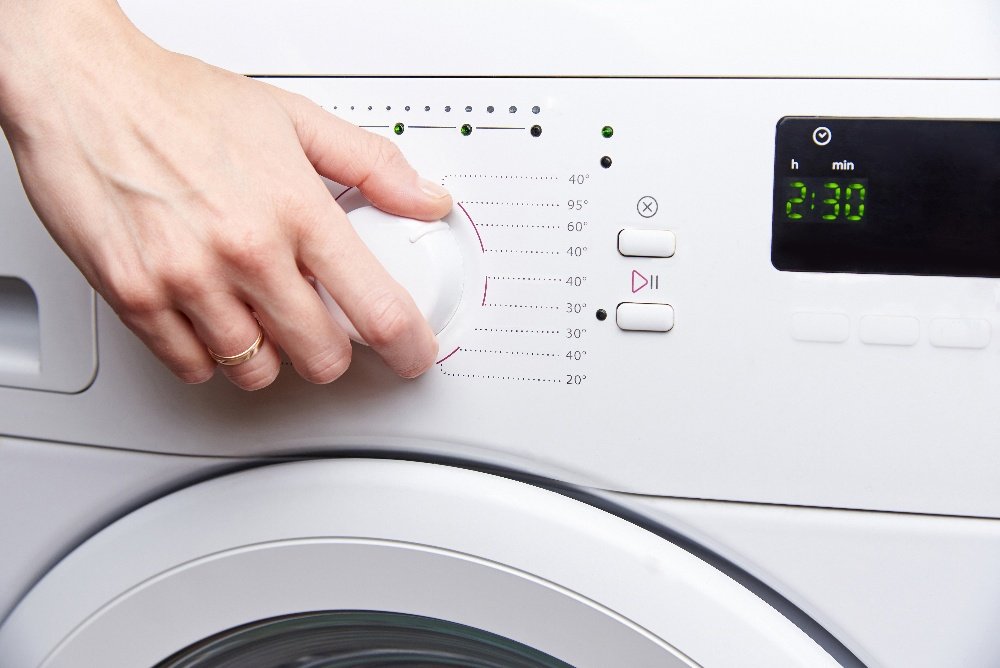
Yes, non-electric washing machines exist. Non-electric washing machines are also known as manual washing machines.
Sometimes, it gets frustrating to use an electric washing machine because of its cost and how much energy it consumes. Besides, no one looks forward to paying electricity or any bills.
However, knowing there is a way around it would be a relief. Non-electric washing machines, as the name reveals, do not require electricity and are just as efficient.
Here are details of some non-electric machines to choose from if you are considering getting one:
#1. Avalon Bay Eco wash
The Avalon Bay Eco wash is a good non-electric washing machine to consider.
It is hand powered and washes clothes gently, making it efficient for washing clothes made with light fabrics.
Here are the features of the Avalon Bay Eco wash:
- It does not possess agitators that could ruin the texture of clothes during the wash
- The Avalon Bay Eco wash is lightweight and portable for easy movement from place to place.
- The Avalon Bay Eco wash is eco-friendly as it does not require electricity and uses minimal water and detergents.
Below are the specifications of the Avalon Bay Eco Wash;
| Specs | Details |
|---|---|
| Capacity | Five Pounds |
| Installation type | Countertop |
| Standard cycles | One |
Here’s how to use the Avalon Bay Eco wash:
- Place your washer near a sink, tube, or any place where the excess water can flow.
- Compare the amount of detergent and water you use with the number of clothes you wish to wash. You can check the user manual for a proper breakdown of that.
- Pour your clothes, detergent, and water into the washer.
- Twist the crank on the side of the washer for a couple of minutes to start the cleaning process.
- Check the user manual for details on how long you crank the machine.
- After cranking the machine, you need to drain the water out of the machine.
- Attach the pipe that comes with the machine to the bottom and unscrew the top to drain the water.
- After draining all the water out, do a rinse cycle. Start the washing process again for the clothes but do not add detergent again.
- After the rinse cycle, you can take the clothes out for drying.
#2. The Drumi Foot Pedal Washer
The Drumi washer is an efficient non-electric washer that can wash up to five pounds of clothes for 15-20 minutes.
Here are the features of the Drumi washer with a foot pedal.
- Drum washers are perfect for delicate materials because they are gentle on clothes.
- Drum washers use little time and resources and do not require electricity to get the washing done.
- It is lightweight and portable for easy transportation. You could carry it along when going camping or on a trip.
- Drum washers have a unique feature called a spin cycle. The spin cycle helps the washer to pull out from your clothes, making drying them easy.
- Drum washers allow you to clean the inner parts of the drum.
Below are the specifications of the Drumi Foot Washer;
| Specs | Details |
|---|---|
| Capacity | Five Pounds |
| Installation type | Countertop |
| Standard cycles | One |
| Access location | Top load |
| Weight | 10 kilograms |
Here’s how to use the Drumi washer with a foot pedal:
- Pour the dirty clothes into the washer to a certain amount, preferably a half full
- Pour water (five liters) into the drum and seal the washer with the plastic cover.
- Through the opening on the cover of the washer, pour in the detergent. Cover the opening with the glass lid.
- Pump the pedal for about two minutes and drain the water in the washer.
- To drain the water, unlock the spindle at the back.
- Pour in the same amount of water as you did initially and pump the washer to start the rinse cycle.
- Once you’ve finished the rinse cycle, remove the clothes from the washer for drying.
#3. The Levario Washing Machine
- The Bavaria washing machine uses little water and detergent and does not require electricity.
- It has incredible cleansing power and uses only about fifteen minutes to finish a wash and rinse cycle.
- It is lightweight and portable enough to move around different locations.
- It is efficient enough to wash clothes such as jeans and sweatshirts.
Here are the specifications of the Levario Washing machine;
| Specs | Details |
|---|---|
| Capacity | Five gallons |
| Installation type | Countertop |
| Standard cycles | One |
| Access location | Top load |
| Weight | 10 pounds |
#4. The Laundry POD
The Laundry POD is another non-electric washing machine that involves arm cranking. A salad spinner inspired the design of this washer.
It uses centrifugal force to get out all the water from the clothes making them easy to dry. This washing machine is lightweight, easy to use, and portable for easy transportation.
Here are the features of a laundry POD washing machine:
- The laundry POD washer uses only a small amount of water, detergent, energy, and time.
- The laundry POD washer is eco-friendly as it does not require electricity.
- The laundry POD was very gentle and could be trusted enough to wash delicate materials.
- The laundry POD washer is lightweight and portable to carry around.
Here are easy steps on how to use the laundry POD washer:
- Fill the POD with water, preferably 4-6 liters, and a tablespoon of detergent.
- Put the clothes you want to wash into the basket and allow it to soak for some time.
- Just a few minutes of rotation will get the cleaning done.
- Drain the water from the washer by opening the valve and rotating the handle.
- After draining out the water, do a rinse cycle and take out your clothes for drying.
Does A Manual Washing Machine Need Electricity?
No, a manual washing machine does not need electricity.
Manual washing machines allow you to wash your dirty clothes just as efficiently as electric machines without worrying about extra costs on your monthly electricity bill.
Apart from being cost-effective in electricity, it requires only a minimal amount of water and detergent.
Most manual washers have gentle washing mechanisms, so you trust them with your delicate fabrics.
How Do You Use A Manual Washing Machine?
Operating a manual washing machine is easier than you think. You must do a few things here and there, but you only need minimal effort.
Here are steps on how to use a manual washing machine:
- First, get your dirty clothes, detergent, and water (usually just a small amount).
- Pour them into the drum or basket and allow the clothes to soak for a few minutes.
- Crank the water or do some rotation with the handle or foot pedal, depending on the type of washer you have.
- After that, drain out the water from the machine.
- Do a rinse cycle, and then take out your clothes for drying.
Summary
Manual washing machines take away the worry about electricity usage costs and are also just as efficient as traditional washing machines.
Non-electric washing machines are very easy to operate and require minimal water, detergent, and energy.
Some manual washers include Avalon Bay Eco wash, the Levario washing machine, and the laundry POD washer.
These are easy to use and save you a lot of money on electricity bills.
Related Posts
- Can You Use A Studor Vent On A Washing Machine?
- Can You Use A Washing Machine Without A Boiler?
- Can I Use A Washing Machine Without Running The Water?
- Can A Washing Machine Get Rained On? (5 Steps To Protect)
- 5 Reasons Your Whirlpool Washer Stuck On Sensing Or Wash Cycle!
- 4 Reasons Your Lights Flicker When Washer is On!


